Indonesia Plastic Packaging Market Size
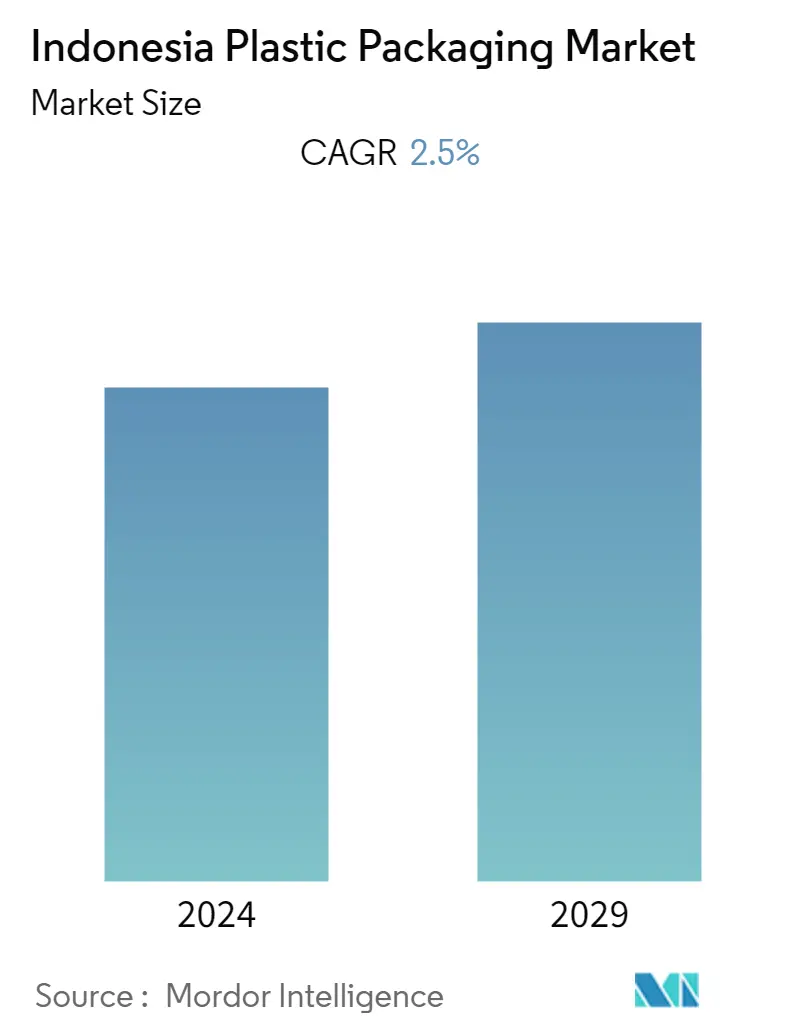
| Study Period | 2019 - 2029 |
| Base Year For Estimation | 2023 |
| Forecast Data Period | 2024 - 2029 |
| Historical Data Period | 2019 - 2022 |
| CAGR | 2.50 % |
| Market Concentration | Medium |
Major Players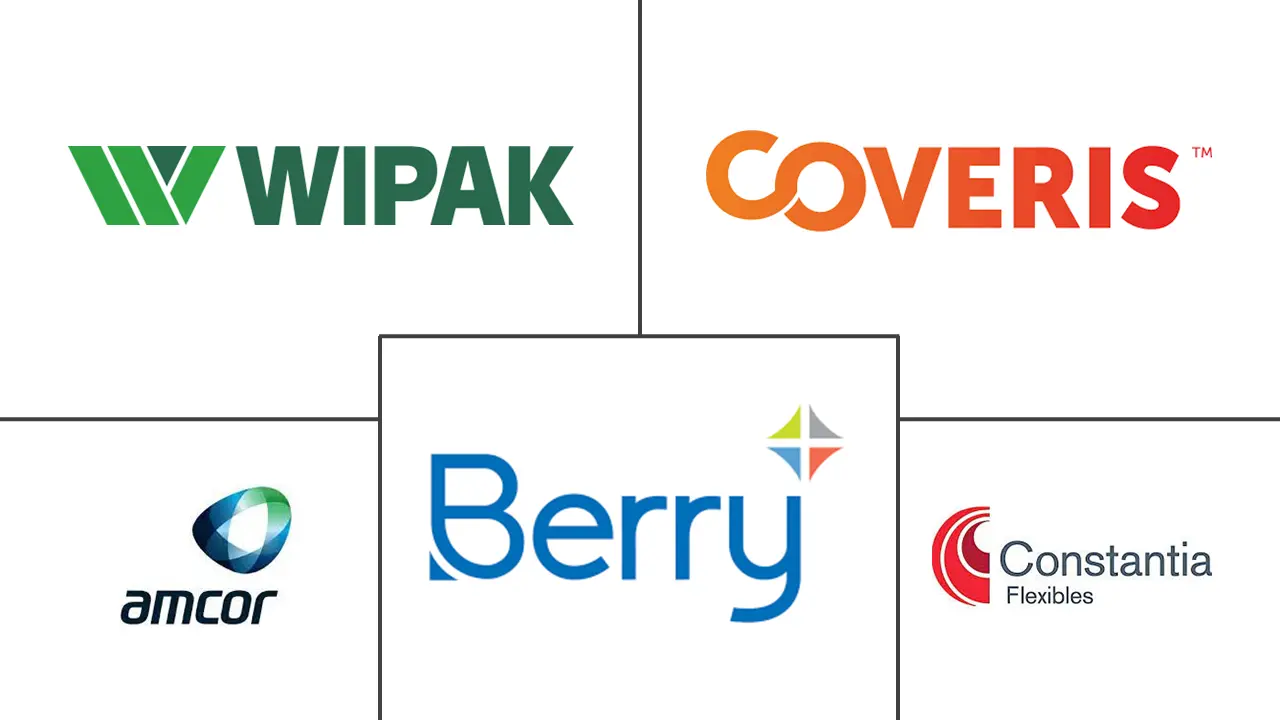
*Disclaimer: Major Players sorted in no particular order |
Indonesia Plastic Packaging Market Analysis
The Indonesian plastic packaging market is expected to register a CAGR of 2.5% over the forecast period. Owing to the COVID-19 pandemic, food and beverage companies are developing response actions and effective plans to help mitigate their risk and prepare for how they would deal with the effects of the coronavirus. These plans include establishing an interdisciplinary crisis response team of personnel from all aspects of the business to identify, assess, and manage the risk presented.
- The increasing technological advancements and end-user industry packaging applications are the significant factors driving the growth of the market studied. In most of Indonesia, the population is growing, and the use of packaging per person is increasing. It is also growing due to consumer behavior trends, such as the growth in the use of convenience products and the increasing use of plastic as a substitute for other packaging materials.
- Plastic packaging has implemented new ways for the functioning of the packaging industry. Packaging solutions that are durable, lightweight, and comfortable have augmented the use of plastics as a packaging material across the region.
- The price of LDPE packaging is currently low in the region, which means that there will be minimal impact on the sellers from the additional cost of using the material. The demand for surgical masks, which are made of materials such as polypropylene, polyisoprene, and polyurethane, has also increased.
- Plastic pollution has become a global problem. Several types of research have stated plastic's adverse effects on the environment. Owing to this, Indonesia also implemented regulations to reduce the use of plastics. The Indonesian plastic packaging market is facing serious concerns due to the plastic resin price rise. This is leading to increased lags in recovering higher costs of resin and reduced profitability among established local players.
- Additionally, to fund a response to the COVID-19 pandemic, the Indonesian government introduced a fiscal stimulus package worth trillions of rupiah and increased its state budget deficit above the 3% legal limit. The country's current flexible packaging market players are anticipated to benefit from this. However, breaking even for newcomers may provide unheard-of difficulties. There is also the impact of the Russia-Ukraine war on the overall packaging ecosystem.
Indonesia Plastic Packaging Market Trends
This section covers the major market trends shaping the Indonesia Plastic Packaging Market according to our research experts:
Skincare Segment is Observing Significant Growth
- Skincare packaging uses a variety of plastic cosmetic jars to suit various packaging needs. The need for packaging for skincare products is on the rise in Indonesia. Various skincare brands in the region are facing increased competition, and packaging suppliers are offering various brands to differentiate designs with ease of use, convenience, and advanced capabilities.
- Plastic is a prominent material in skincare packaging due to its low cost, lightweight, flexibility, durability, and other factors. Additionally, it is odorless and offers a pleasant appearance. For personal care products, plastics are a material of choice for manufacturing shatterproof and "no-spill" bottles, jars, tubes, caps, and closures.
- Newer filling technologies and the development of heat-resistant PET bottles opened up new possibilities and options in the market. While PET bottles are common in multiple segments, beverages, sanitary products, cosmetics, and detergents are predominantly sold in bottles that are made up of polyethylene (PE).
- Supermarkets had been the primary distribution method for the Indonesian cosmetic sector before the COVID-19 pandemic in 2020. However, the pandemic has caused the distribution of cosmetics to move from brick-and-mortar businesses to online marketplaces. Given that customers appear to prefer the ease of having goods brought to their front door via delivery services like Gojek Instant Service, this trend is predicted to continue.
- Some brands are choosing to reduce their consumption of single-use plastic by using post-consumer recycled PET, following the suit of other industries. Aveda, for instance, is now using 100% post-consumer recycled PET in 85% of its skin care and hair styling PET bottles and jars, as well as using bioplastic from sugarcane.
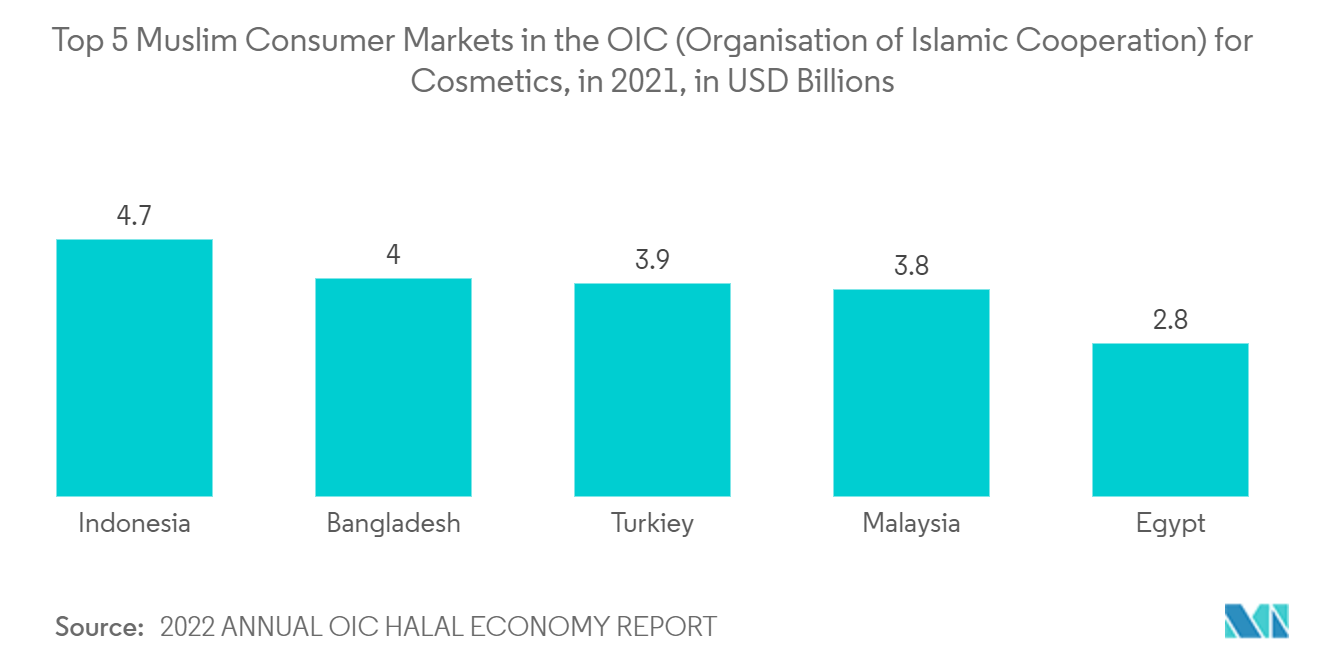
Increase in Adoption of Lightweight Packaging
- The lightweight property of the material has been driving the growth of plastic in Indonesia. Glass is much heavier than plastic, which means more trips are required while transporting. This translates to a more significant environmental impact. Glass is also much heavier for the end consumer, whereas plastic is lightweight and easier to carry.
- The demand for aluminum beverage cans is also significant. The average weight of an empty aluminum can is 14.9 grams. Though these materials are light in weight, the probability of beverage cans being damaged during transportation is high compared to plastic bottles. Therefore, the lightweight property of plastic has driven its adoption in the manufacturing of bottles and containers.
- Moreover, out of all the types of plastic, it is anticipated that using PET will help in manufacturing the lightest bottle and containers. According to PETRA, PET is a clear, strong, and lightweight plastic that is widely used for packaging food and beverages, especially convenience-sized soft drinks, juices, and water.
- Oji Holdings Corporation and PT Purinusa Ekapersada, an Asia Pulp & Paper company, decided to form a USD 35 million joint venture to build a new converting factory in Indonesia. The new company, PT Oji Sinar Mas Packaging, would manufacture corrugated cardboard and containers to suit Indonesia's expanding domestic demand.
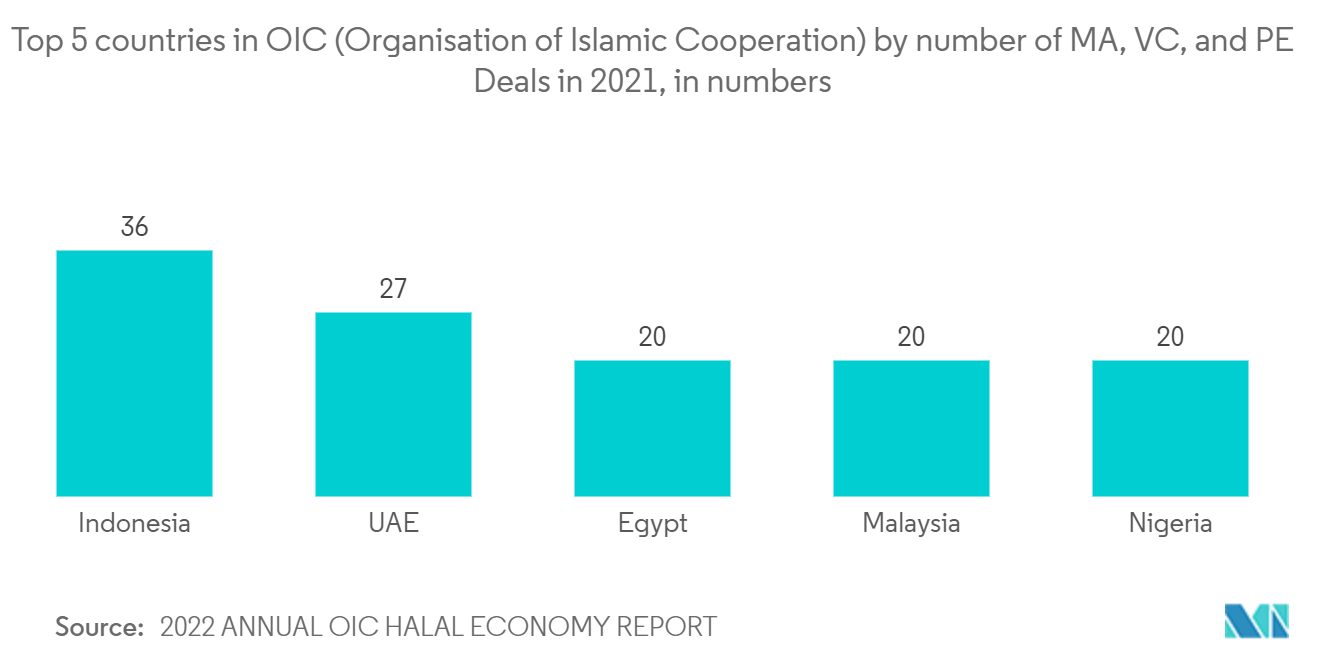
Indonesia Plastic Packaging Industry Overview
As the demand for plastic packaging has been increasing significantly in the Indonesian region, the market is mildly concentrated with the presence of major players like Amcor, Coveris Holding, Berry Global, Sealed Air Corporation, and Constantia Flexibles, among others.
- September 2022: Toyobo Co. Ltd, a Japanese fiber and textile manufacturer, stated that it would establish a second facility in Indonesia to produce polyester films for packaging at Pt. Trias Toyobo Astria. Toyobo and the well-known Indonesian film producer Pt. Trias Sentosa formed TTA as a joint venture company to meet the growing demand for environmentally friendly film goods. A JPY 10 billion (~USD 73.97 million) investment would be made to quadruple TTA's production capacity. Toyobo intends to begin building the plant in the spring of 2024 and have it operational by the end of 2025.
Indonesia Plastic Packaging Market Leaders
-
Amcor Plc
-
Coveris Holding
-
Berry Global
-
Constantia Flexibles
-
Wipak Group
*Disclaimer: Major Players sorted in no particular order
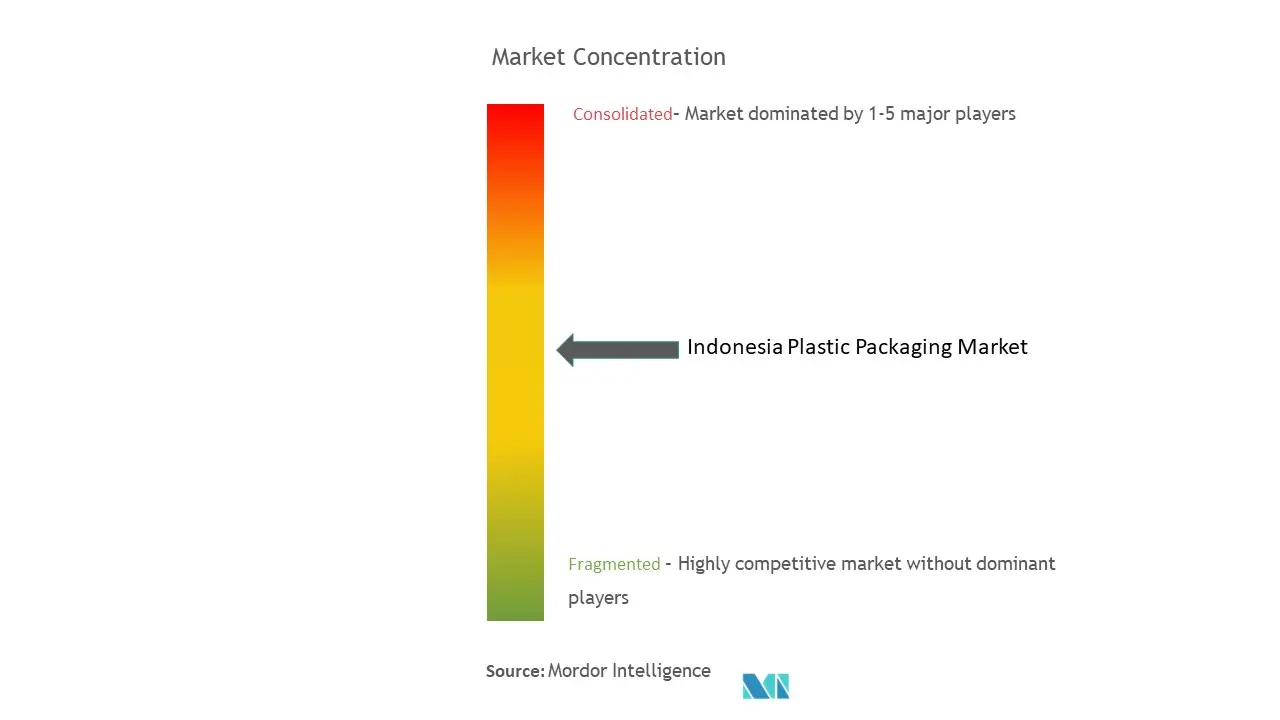
Indonesia Plastic Packaging Market News
- November 2022: The CMA CGM Group, a global player in sea, land, and air logistics, introduced EASY RECYCLING, an innovative recycling solution, to enable its customers with shipments to Jakarta, Indonesia, to dispose of used paper and plastic packaging. In Jakarta, only CMA CGM customers will have access to EASY RECYCLING as part of a pilot that aims to eventually bring the service to other Asian nations.
- July 2022: The first recycling facility in Indonesia for food-grade PET plastic was built by Coca-Cola Euro-Pacific Partners (CCEP). A joint venture between rigid packaging company Dynapack Asia and CCEP, the Amandina Bumi Nusantara plant also houses Mahija Parahita Nusantara, a nonprofit organization that was established by both organizations. By encouraging the growth of collecting micro businesses that supply the facility's feedstock, the foundation helps build collection infrastructure.
Indonesia Plastic Packaging Market Report - Table of Contents
1. INTRODUCTION
1.1 Study Assumptions and Market Definition
1.2 Scope of the Study
2. RESEARCH METHODOLOGY
3. EXECUTIVE SUMMARY
4. MARKET INSIGHTS
4.1 Market Overview
4.2 Industry Value Chain Analysis
4.3 Industry Attractiveness - Porter's Five Forces Analysis
4.3.1 Bargaining Power of Suppliers
4.3.2 Bargaining Power of Consumers
4.3.3 Threat of New Entrants
4.3.4 Threat of Substitute Products
4.3.5 Intensity of Competitive Rivalry
4.4 Impact of COVID-19 on the Market
4.5 Overview of the Global Plastic Packaging Market
4.6 Market Drivers
4.6.1 Increasing Adoption of Lightweight Packaging Methods
4.6.2 Increased Eco-friendly Packaging and Recycled Plastic
4.7 Market Challenges
4.7.1 High Price of Raw Material (Plastic Resin)
4.7.2 Government Regulations and Environmental Concerns
5. MARKET SEGEMENTATION
5.1 By Packaging Type
5.1.1 Flexible Plastic Packaging
5.1.2 Rigid Plastic Packaging
5.2 By Product Type
5.2.1 Bottles and Jars
5.2.2 Trays and Containers
5.2.3 Pouches and Bags
5.2.4 Films and Wraps
5.2.5 Other Product Types
5.3 By End-user Vertical
5.3.1 Food
5.3.2 Beverage
5.3.3 Healthcare
5.3.4 Personalcare and Household
5.3.5 Other End-user Verticals
6. COMPETITIVE LANDSCAPE
6.1 Company Profiles
6.1.1 Amcor PLC
6.1.2 Coveris Holding
6.1.3 Berry Global Inc.
6.1.4 Constantia Flexibles Group
6.1.5 Wipak Ltd
6.1.6 Sonoco Products Company
6.1.7 Sealed Air Corporation
6.1.8 National Flexible Ltd
6.1.9 Tetra Laval Group
6.1.10 Silgan Holdings
- *List Not Exhaustive
7. INVESTMENT ANLAYSIS
8. FUTURE OF THE MARKET
Indonesia Plastic Packaging Industry Segmentation
Plastic packaging is a part of the multi-faceted system for providing products from the point of manufacture to the point of consumption. Its principal purpose is to guard and ensure the safe and secure delivery of the product to the end user. Its role in a circular economy is to sustain the value of a product for as long as required and to help remove product waste. The Indonesian plastic packaging market is tracked based on consumption in the domestic market and is segmented by packaging type (rigid plastic packaging and flexible plastic packaging), by end-user vertical (food, beverage, healthcare, personal care and household, and other end-user verticals), and by product type (bottles and jars, pouches and bags, trays and containers, films and wraps, and other product types). The market sizes and forecasts are provided in terms of value (USD million) for all the above segments.
Indonesia Plastic Packaging Market Research FAQs
What is the current Indonesia Plastic Packaging Market size?
The Indonesia Plastic Packaging Market is projected to register a CAGR of 2.5% during the forecast period (2024-2029)
Who are the key players in Indonesia Plastic Packaging Market?
Amcor Plc, Coveris Holding, Berry Global, Constantia Flexibles and Wipak Group are the major companies operating in the Indonesia Plastic Packaging Market.
What years does this Indonesia Plastic Packaging Market cover?
The report covers the Indonesia Plastic Packaging Market historical market size for years: 2019, 2020, 2021, 2022 and 2023. The report also forecasts the Indonesia Plastic Packaging Market size for years: 2024, 2025, 2026, 2027, 2028 and 2029.
Indonesia Plastic Packaging Industry Report
Statistics for the 2024 Indonesia Plastic Packaging market share, size and revenue growth rate, created by ����vlog��ý™ Industry Reports. Indonesia Plastic Packaging analysis includes a market forecast outlook 2029 and historical overview. Get a sample of this industry analysis as a free report PDF download.



